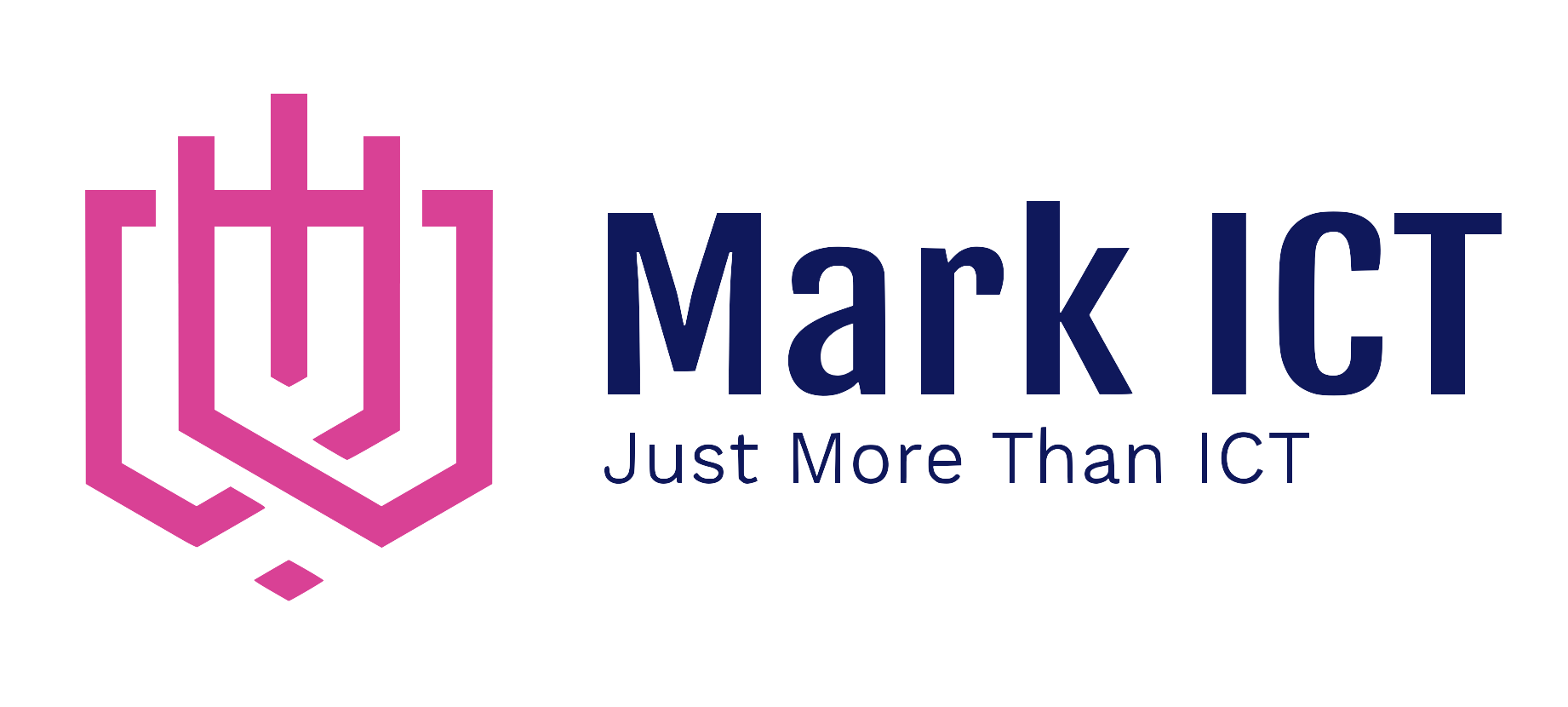In the ever-evolving landscape of cybersecurity, one of the simplest yet most effective measures an organization can take is implementing a robust password policy. Passwords serve as the first line of defense against unauthorized access to sensitive information, making it crucial to establish and enforce policies that promote strong and secure password practices. In this blog post, we’ll delve into the key components of a successful password policy and why it’s essential for safeguarding your digital assets.
The Importance of a Strong Password Policy
1. Mitigating the Risk of Unauthorized Access:
A strong password policy is your first and primary defense against cyber threats. It helps prevent unauthorized access to sensitive data, reducing the risk of data breaches and the potential fallout, including financial losses and damage to your organization’s reputation.
2. Compliance with Regulations:
Many industries are subject to stringent data protection regulations. A well-defined password policy ensures compliance with these regulations, helping you avoid legal consequences and potential fines associated with data breaches.
3. Protecting User Accounts:
A password policy not only safeguards organizational data but also protects individual user accounts. In today’s interconnected world, a compromised account can have cascading effects, impacting not only the user but also the entire organization and its stakeholders.
Components of an Effective Password Policy
1. Password Complexity:
Specify requirements for password complexity, including a mix of uppercase and lowercase letters, numbers, and special characters. Avoid common words or easily guessable information, such as birthdays or names.
2. Password Length:
Establish a minimum password length to ensure an adequate level of security. Longer passwords are generally more secure, making it harder for attackers to crack them.
3. Regular Password Changes:
Encourage users to change their passwords regularly. This practice limits the window of opportunity for potential attackers and enhances overall security.
4. Account Lockout Policies:
Implement account lockout policies to automatically lock user accounts after a specified number of failed login attempts. This helps prevent brute-force attacks by limiting the number of guesses an attacker can make.
5. Multi-Factor Authentication (MFA):
While not strictly a part of the password policy, promoting the use of multi-factor authentication adds an extra layer of security. Encourage users to enable MFA whenever possible.
6. User Education and Training:
Educate users about the importance of strong passwords and the role they play in maintaining the security of the organization. Conduct regular training sessions to keep everyone informed about the latest cybersecurity threats and best practices.
Implementing and Enforcing the Password Policy
1. Communication:
Clearly communicate the password policy to all users within the organization. Ensure that everyone understands the rationale behind each requirement and the potential consequences of non-compliance.
2. Enforcement:
Implement technical controls to enforce the password policy, such as password management tools that check for compliance during the password creation process. Regularly audit user accounts to identify and address any policy violations.
3. Periodic Review and Updates:
The cybersecurity landscape is dynamic, and threats are constantly evolving. Regularly review and update your password policy to stay ahead of emerging risks and incorporate the latest best practices.
In conclusion, a well-crafted password policy is an integral component of any organization’s cybersecurity strategy. By implementing and enforcing such a policy, you not only protect sensitive data but also instill a culture of security within your organization. Remember, a strong password is a small investment that pays significant dividends in the ongoing battle against cyber threats.
